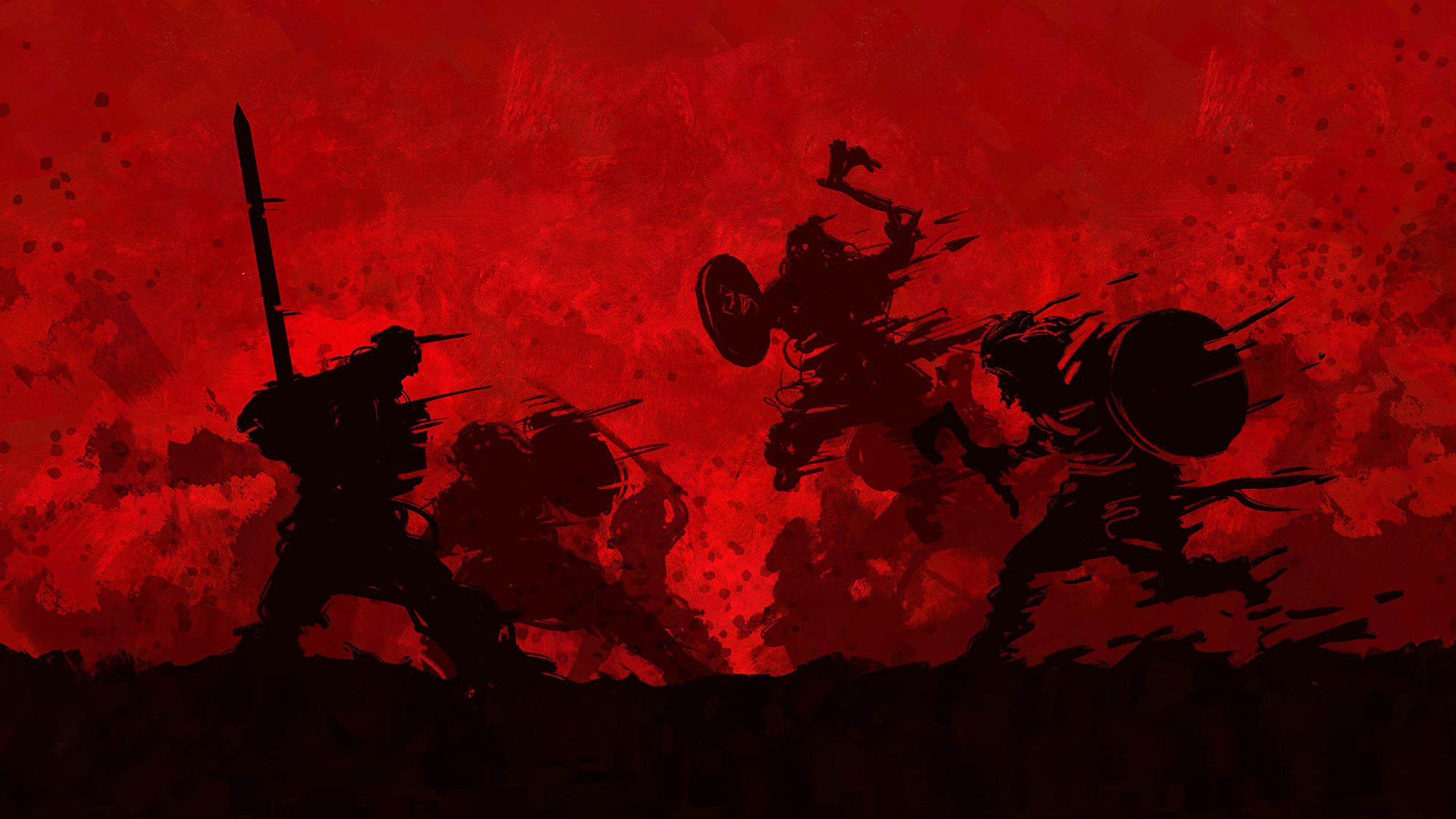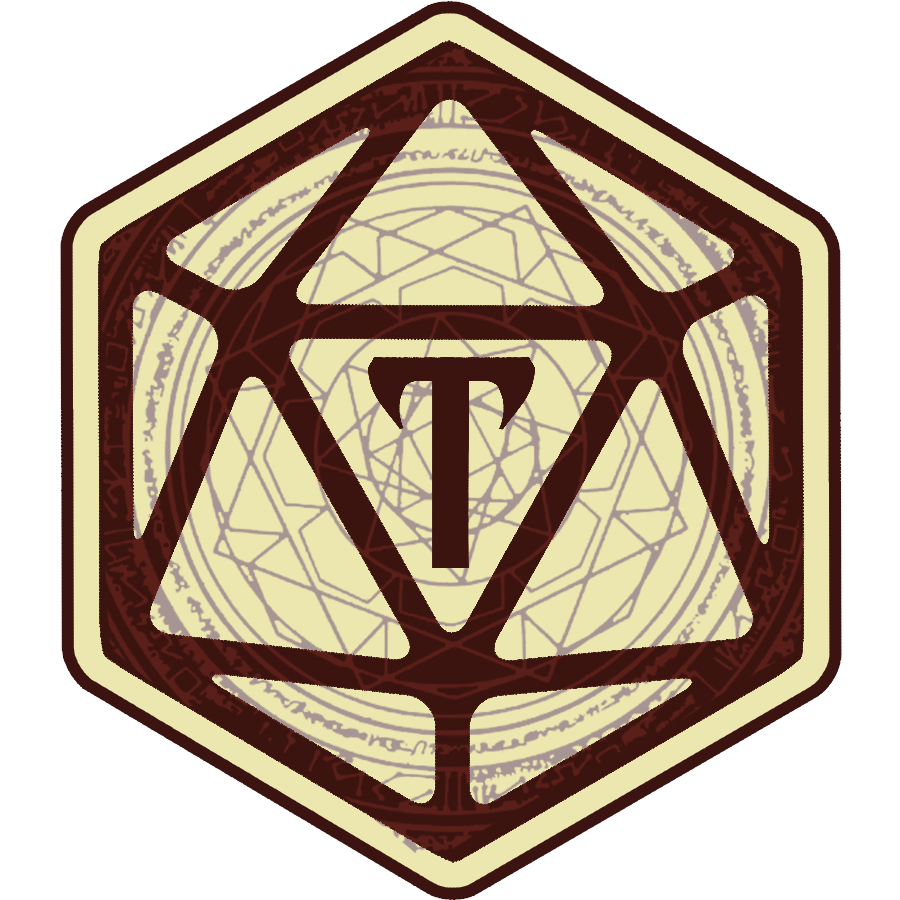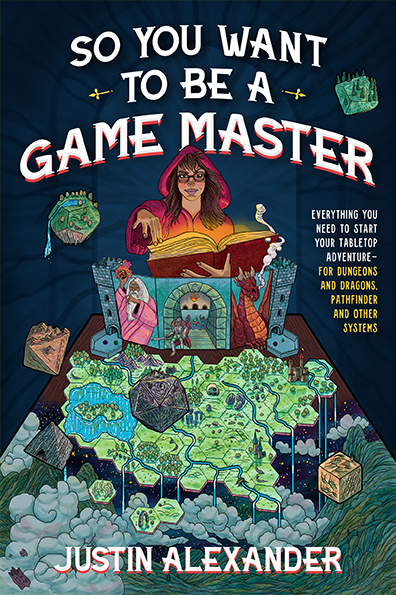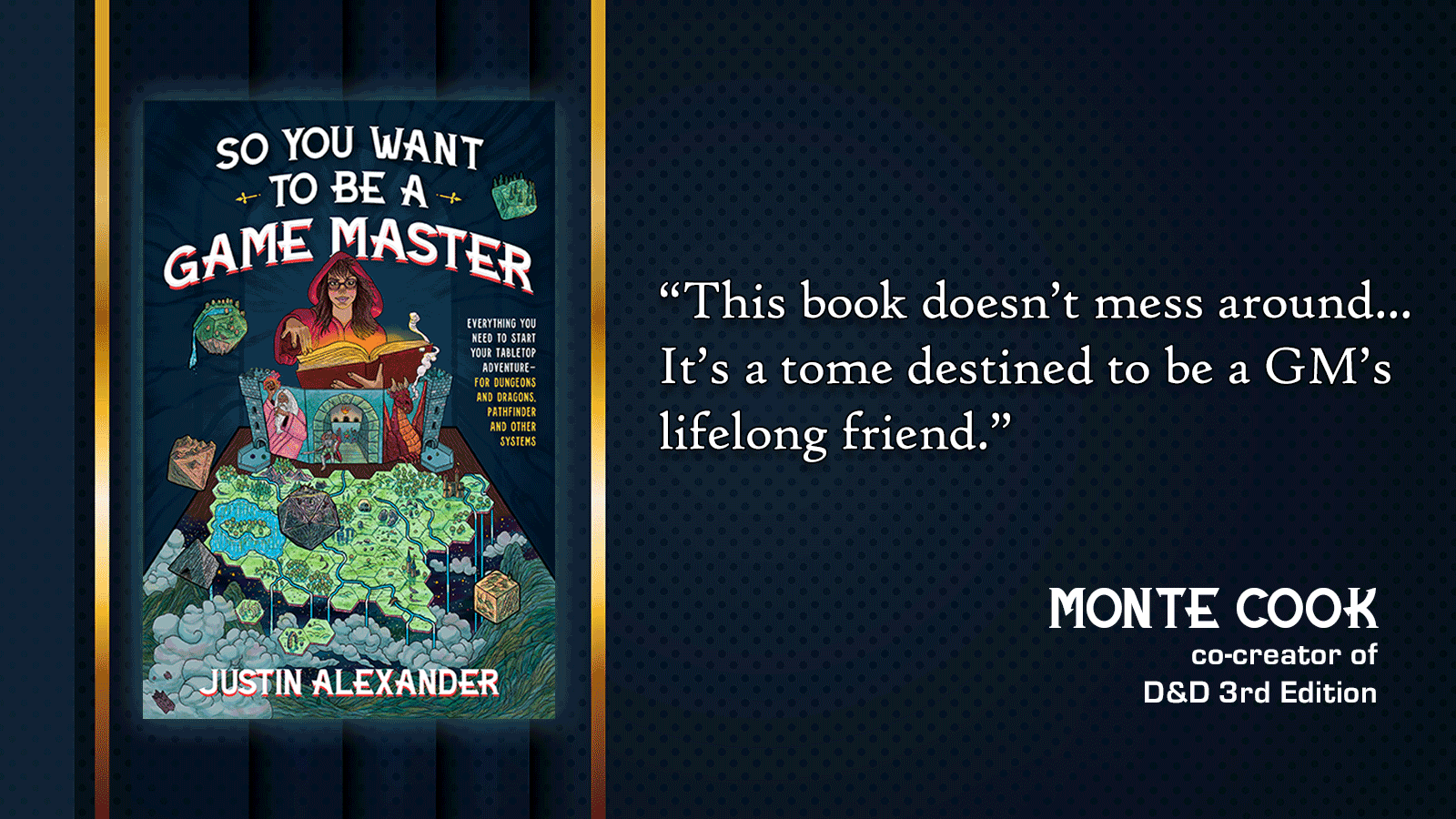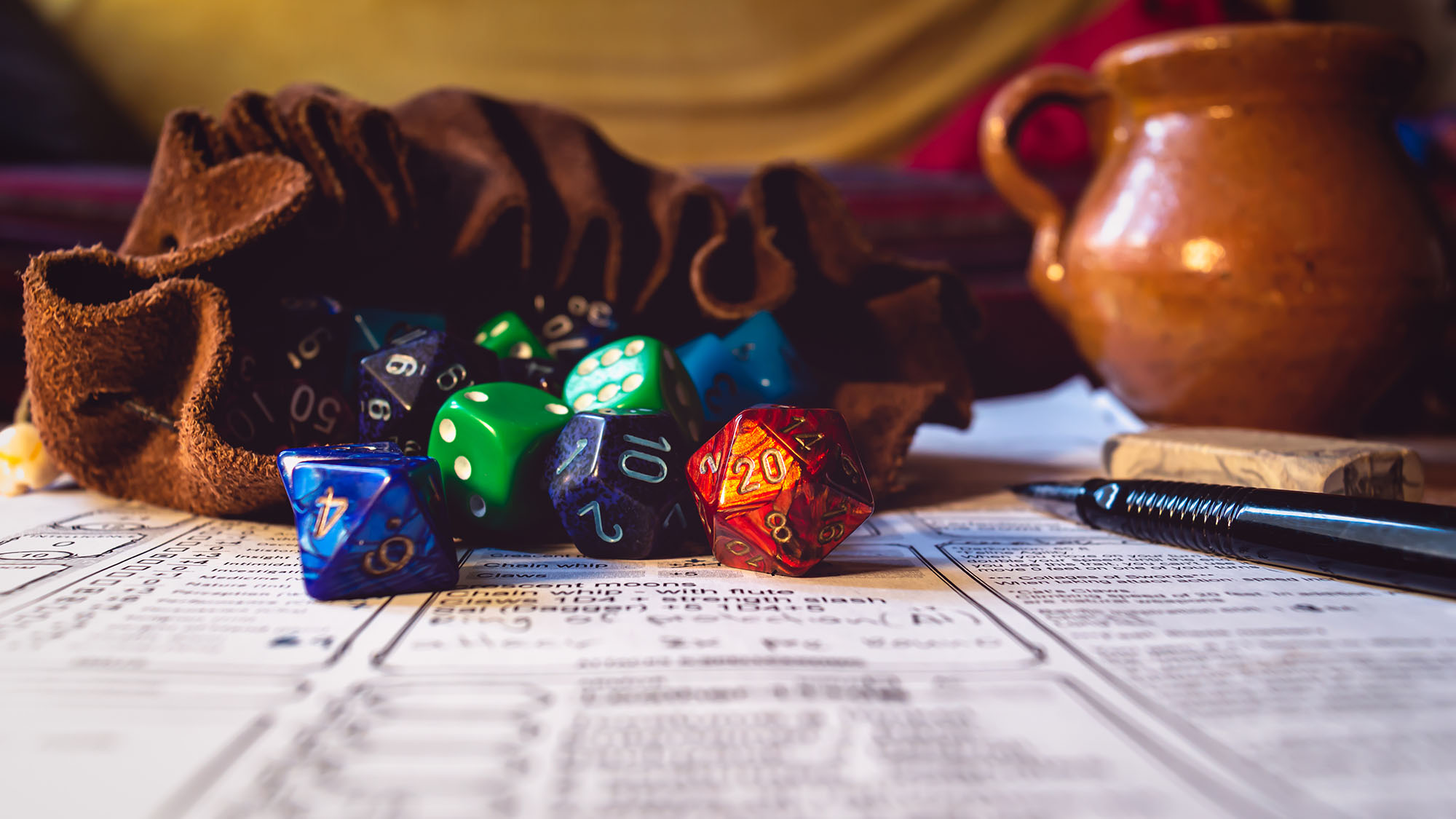This is going to be a finesse technique, the kind of hyper-specific tip that’s probably not worth focusing on until you’ve mastered a lot of other skills as a game master. (Like the ones described in So You Want to Be a Game Master.) But it’s a subtlety that I’ve found to have a remarkably out-sized impact on the flow of a session.
Imagine that you’re calling for an initiative check: The players all roll their dice, do the appropriate mathematical rituals for your current system of choice, and immediately begin shouting out their results, often at the same time.
Your mileage may vary, but I often find – particularly with larger groups – that this leads to a lot of confusion. I’ll miss or lose track of numbers as I’m trying to get them all written down, leading to a lot of unnecessary back-and-forth between me and the players. I’ve even had a few cases where I’ve realized I didn’t catch someone’s initiative result and asked them to repeat it, only to discover that the player had forgotten what they rolled!
So the tip here is pretty straightforward: Don’t do that.
What I’ve found is that the groups that run smoothest are the ones who roll their initiative check and then wait for me to individually call for the results.
GM: Initiative checks, please.
(dice are rolled)
GM: Nasira?
Jacqueline: 16.
GM: Tithenmamiwen?
Sarah: 24.
And so forth.
Usually I’ll just go around the table, but you can also read the table pretty easily and start with whoever finishes calculating their initiative first.
For a long while, I was aware that collecting initiatives was really easy for some of my tables, but a clusterfuck for others. Eventually I figured out what the difference was (players waiting to deliver the information in turns rather than all at once) and I started training the players at my other tables to follow suit.
It sounds simple, but the difference it makes is startling.
OTHER GROUP CHECKS
Obviously this same technique may apply to other situations where everyone at the table is making a simultaneous check, but I’ve personally only found it necessary when I need to track and write down the specific check results (or other numbers).
More broadly, it’s useful in any situation where you’re resolving each PCs’ result separately. In the case of the typical initiative check, this resolution is recording the results and sorting them into the initiative sequence. Another example would be checks with multiple degrees of success or failure, where you’re probably going to want to resolve the precise result of each check for each PCs’ result in turns.
For other checks, you may find it more useful to focus on identifying the threshold of the check. In other words, if you know what number each PC needs to roll in order to succeed, you can probably resolve each check result near-instantaneously and mentally keep track of which PCs succeeded.
Of course, in some games this will include initiative, since there’s a wide variety of initiative systems out there. For example, in Numenera initiative is resolved by having the PCs make a Speed check against the level of their opponents: Those who succeed go before the opponents (in any order of their choosing); those who fail go after them. That’s just a threshold and it’s usually straightforward to keep track.
If the PCs are facing mixed opposition of multiple levels, however, it’s possible for some of them to go between the bad guys, and I’ll usually transition back to collecting results in turns. (Or I’ll ask, “Who succeeded at level 5? Who succeeded at level 3?” and collect them in batches.)
BONUS TIP: ROLL INITIATIVE LAST
A related tip that I’ve shared before is that, rather than rolling initiative at the beginning of an encounter, you should instead roll initiative at the end of an encounter, write down the results, and then use them for the next encounter.
(This won’t work in every system, but in most systems initiative modifiers never change, so it doesn’t really matter when you roll the check.)
When it looks like the PCs are about to encounter something, roll for its initiative and slot it into the order. If they don’t encounter it for some reason, no big deal, you can just scratch it out.
Using the technique, by the time combat starts, initiative is already completely resolved, so there’s no delay where you ask for initiative, the dice are rolled, your players tell you the results, then you sort those results into order, and then…
Instead, you can start combat instantly. When the PCs are ambushed, for example, you can deliver the adrenalin-packed punch of the ogre smashing through the wall and immediately roll into the action, instead of deflating that moment with the mundane bureaucracy of collecting initiative scores.
SOFTWARE TOOLS
If you’re playing on a computer or have a computer at hand while playing at the table, then VTTs, spreadsheets, and other software tools can often be used to automatically generate, sort, and otherwise manage initiative scores.
The only limitation I’ve found when using these tools is that, if I have a laptop at the table, it’s usually because there’s some other utility that I’m using the screen for (e.g., searching PDF rulebooks, accessing stat blocks, etc.). I generally want the initiative information in a combat encounter at my fingertips, so I don’t want to be tabbing through windows trying to find my list. Make sure to take this into account when setting up your software tools.
FURTHER READING
GM Don’t List: Not Writing Down Initiative
OD&D Combat Sequence

